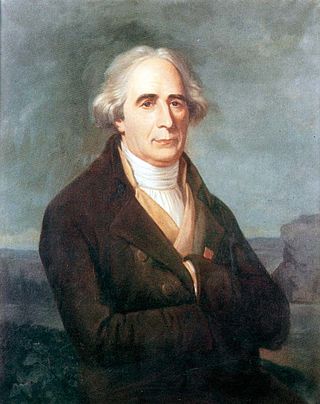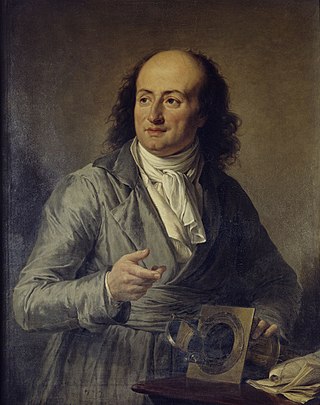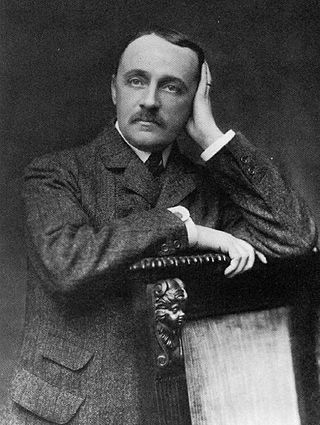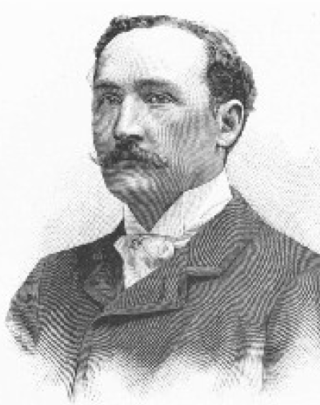
A hot air balloon is a lighter-than-air aircraft consisting of a bag, called an envelope, which contains heated air. Suspended beneath is a gondola or wicker basket, which carries passengers and a source of heat, in most cases an open flame caused by burning liquid propane. The heated air inside the envelope makes it buoyant, since it has a lower density than the colder air outside the envelope. As with all aircraft, hot air balloons cannot fly beyond the atmosphere. The envelope does not have to be sealed at the bottom, since the air inside the envelope is at about the same pressure as the surrounding air. In modern sport balloons the envelope is generally made from nylon fabric, and the inlet of the balloon is made from a fire-resistant material such as Nomex. Modern balloons have been made in many shapes, such as rocket ships and the shapes of various commercial products, though the traditional shape is used for most non-commercial and many commercial applications.

The Montgolfier brothers – Joseph-Michel Montgolfier and Jacques-Étienne Montgolfier – were aviation pioneers, balloonists and paper manufacturers from the commune Annonay in Ardèche, France. They invented the Montgolfière-style hot air balloon, globe aérostatique, which launched the first confirmed piloted ascent by humans in 1783, carrying Jacques-Étienne.

Jacques Alexandre César Charles was a French inventor, scientist, mathematician, and balloonist. Charles wrote almost nothing about mathematics, and most of what has been credited to him was due to mistaking him with another Jacques Charles, also a member of the Paris Academy of Sciences, entering on 12 May 1785.
The titles of Earl of Kendal and Duke of Kendal have been created several times, generally for people with a connection to the English/British royal family. The title refers to Kendal, a town in Cumbria.

In aeronautics, a balloon is an unpowered aerostat, which remains aloft or floats due to its buoyancy. A balloon may be free, moving with the wind, or tethered to a fixed point. It is distinct from an airship, which is a powered aerostat that can propel itself through the air in a controlled manner.

Jean-François Pilâtre de Rozier was a French chemistry and physics teacher, and one of the first pioneers of aviation. He made the first manned free balloon flight with François Laurent d'Arlandes on 21 November 1783, in a Montgolfier balloon. He later died when his balloon crashed near Wimereux in the Pas-de-Calais during an attempt to fly across the English Channel. He and his companion Pierre Romain thus became the first known fatalities in an air crash.

A gas balloon is a balloon that rises and floats in the air because it is filled with a gas lighter than air. When not in flight, it is tethered to prevent it from flying away and is sealed at the bottom to prevent the escape of gas. A gas balloon may also be called a Charlière for its inventor, the Frenchman Jacques Charles. Today, familiar gas balloons include large blimps and small latex party balloons. For nearly 200 years, well into the 20th century, manned balloon flight utilized gas balloons before hot-air balloons became dominant. Without power, heat or fuel, untethered flights of gas balloons depended on the skill of the pilot. Gas balloons have greater lift for a given volume, so they do not need to be so large, and they can stay up for much longer than hot air balloons.

Balloons and kites were the first inventions used in aerial warfare and their primary role was reconnaissance. Balloons provided a reliable and stable means of elevating an observer high over the battlefield to obtain a birds-eye view of troop positions and movements. An early instrument of aerial intelligence collection, they were also useful for creating accurate battlefield maps, an important ingredient for battlefield success. Incendiary balloons also have a long history. The incendiary balloons carry hot air or something that can catch fire to destroy enemy territory. They could also hold small bombs for combat. The history of military ballooning dates back to the late 18th century, when the Montgolfier brothers, Joseph-Michel and Jacques-Étienne, first demonstrated the potential of hot-air balloons for military use. The first recorded military use of balloons was during the French Revolutionary Wars, when the French military used balloons to gather intelligence on the movements of the enemy. Balloons were also used during the American Civil War, where they were used for reconnaissance and communication. Balloons had a decline after several incidents in the interwar period.

Sophie Blanchard, commonly referred to as Madame Blanchard, was a French aeronaut and the wife of ballooning pioneer Jean-Pierre Blanchard. Blanchard was the first woman to work as a professional balloonist, and after her husband's death she continued ballooning, making more than 60 ascents. Known throughout Europe for her ballooning exploits, Blanchard entertained Napoleon Bonaparte, who promoted her to the role of "Aeronaut of the Official Festivals", replacing André-Jacques Garnerin. On the restoration of the monarchy in 1814 she performed for Louis XVIII, who named her "Official Aeronaut of the Restoration".

Jean Baptiste Marie Charles Meusnier de la Place was a French mathematician, engineer and Revolutionary general. He is best known for Meusnier's theorem on the curvature of surfaces, which he formulated while he was at the École Royale du Génie. He also discovered the helicoid. He worked with Lavoisier on the decomposition of water and the evolution of hydrogen.

Louis Jacques Balsan was a French aviator and industrialist, born at Châteauroux (Indre) in 1868, who was the second husband of society beauty Consuelo Vanderbilt, Duchess of Marlborough. He married her immediately after her divorce from the 9th Duke of Marlborough in 1921.
Events from the year 1858 in France.
Charlière is the name used by French writers to refer to gas balloons. The Academy of Science commissioned Jacques Alexandre César Charles to build balloons in the summer of 1783 because the court of King Louis XVI did not want to wait that long before the Montgolfier brothers finally came from Annonay with their invention called Montgolfière. From the information that came from the environs of the Montgolfier brothers, it was not clear to Charles that the lifting gas used in Annonay was hot air. Charles, on the other hand, mistakenly suspected that the Montgolfiers would use the "inflammable air" (hydrogen) discovered by Henry Cavendish in 1766.

The history of ballooning, both with hot air and gas, spans many centuries. It includes many firsts, including the first human flight, first flight across the English Channel, first flight in North America, and first aircraft related disaster.

The Aéro-Club de France was founded as the Aéro-Club on 20 October 1898 as a society 'to encourage aerial locomotion' by Ernest Archdeacon, Léon Serpollet, Henri de la Valette, Jules Verne and his wife, André Michelin, Albert de Dion, Alberto Santos-Dumont, Henri Deutsch de la Meurthe, and Henry de La Vaulx. On 20 April 1909, its name was changed to Aéro-Club de France.

Ernest Archdeacon was a French lawyer and aviation pioneer before the First World War. He made his first balloon flight at the age of 20. He commissioned a copy of the 1902 Wright No. 3 glider but had only limited success. He was regarded as France's foremost promoter and sponsor of aviation, offering prizes, commissioning designs, and organising tests and events.

Les Frères Robert were two French brothers. Anne-Jean Robert (1758–1820) and Nicolas-Louis Robert (1760–1828) were the engineers who built the world's first hydrogen balloon for professor Jacques Charles, which flew from central Paris on 27 August 1783. They went on to build the world's first manned hydrogen balloon, and on 1 December 1783 Nicolas-Louis accompanied Jacques Charles on a 2-hour, 5-minute flight. Their barometer and thermometer made it the first balloon flight to provide meteorological measurements of the atmosphere above the Earth's surface.

Henry de La Vaulx (1870–1930) was a French balloonist, author, and cofounder of major French and international aeronautical associations.

Eugène Godard Ainé was a French aeronaut, born in Clichy on August 26, 1827, died in Brussels on September 9, 1890.

David N. Levin was an American balloonist. He is the only balloonist to have completed the "triple crown" by winning the World Gas Balloon Championship, the World Hot Air Ballooning Championships and the Gordon Bennett Cup. In 1992, Levin also became the first balloonist to win ballooning's four major events, having won the U.S. National Hot Air Balloon Championship along with the "triple crown".



















